CTR is a mode of operation for block ciphers where a nonce and (block-)counter are encrypted together by the block cipher and the result is XORed with the plaintext. This effectively transforms a block cipher into a stream cipher. Questions having this tag should be about the proper use and intricacies associated with the CTR mode.
CTR is a mode of operation for block ciphers where a nonce and (block-)counter are encrypted together by the block cipher and the result is XORed with the plaintext. This effectively transforms a block cipher into a stream cipher where exactly the same algorithm is used for encryption and decryption.

AES for example has a block size of 128-bit. Although the NIST recommendation sp800-38a Appendix B doesn't specify how it is split into nonce and counter, the nonce is usually a 96-bit integer and the counter a 32-bit integer.
When a nonce+counter is reused for the same key, this gives an attacker a non-negligible advantage at recovering the plaintext. That is why only 64 GByte (=block size * counter size) of data can be securely encrypted in case of AES.
References:
Why must IV/key-pairs not be reused in CTR mode?
CTR-mode on Wikipedia
NIST recommendation sp800-38a Appendix B